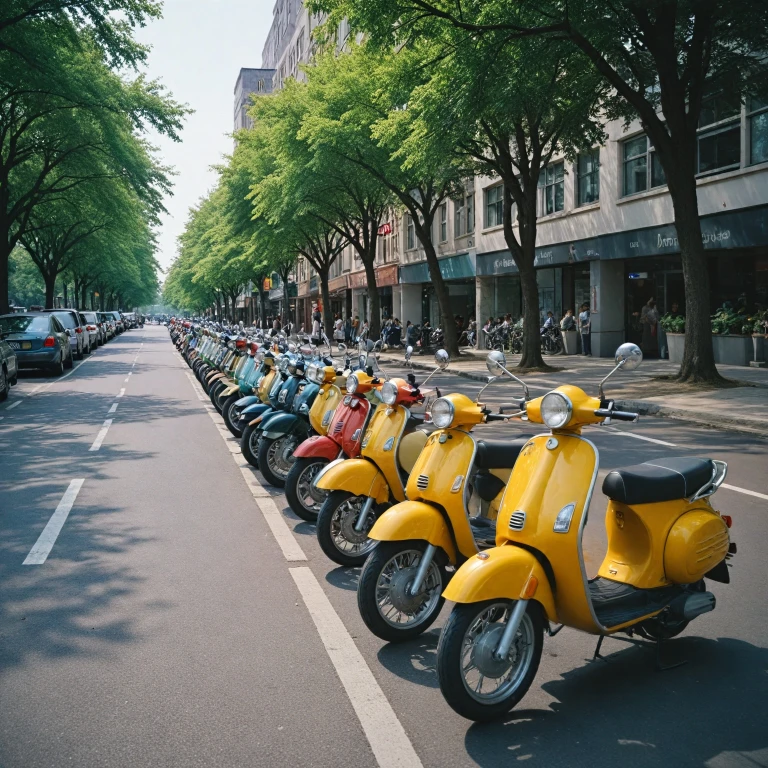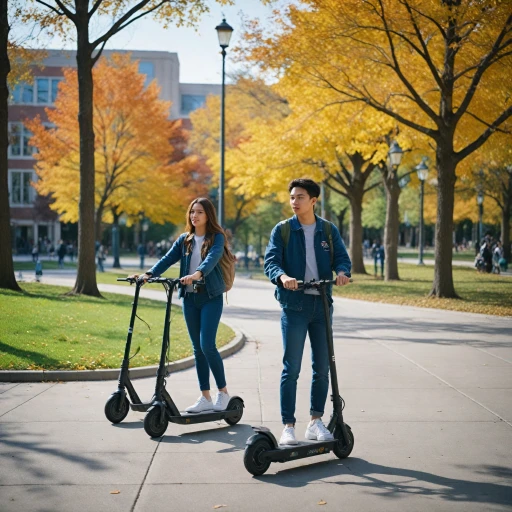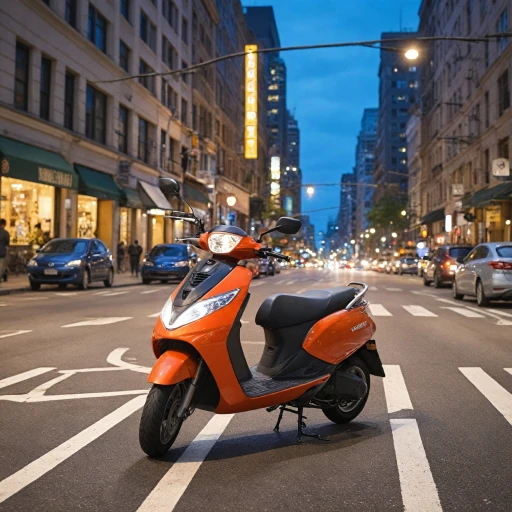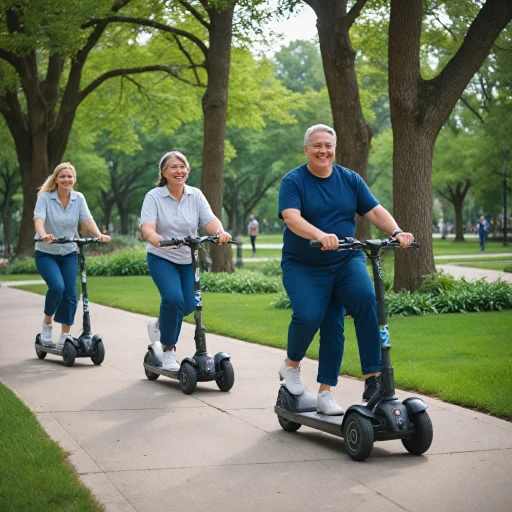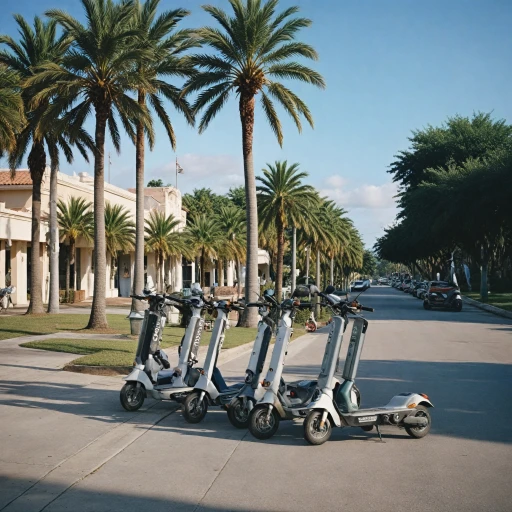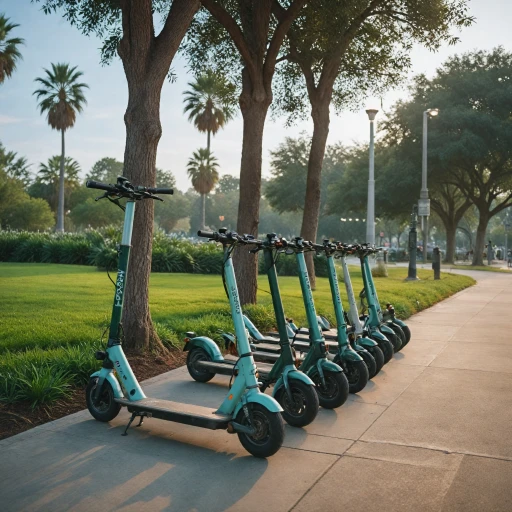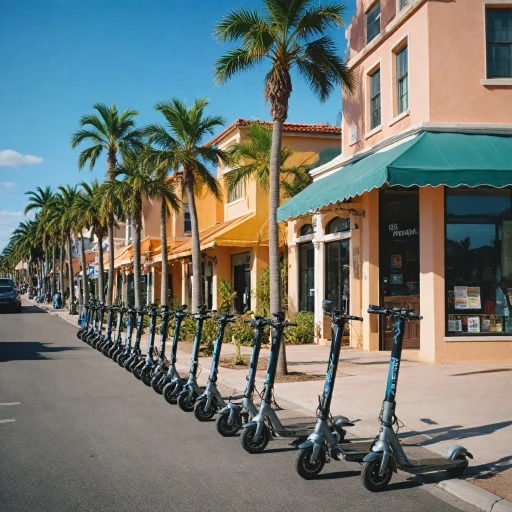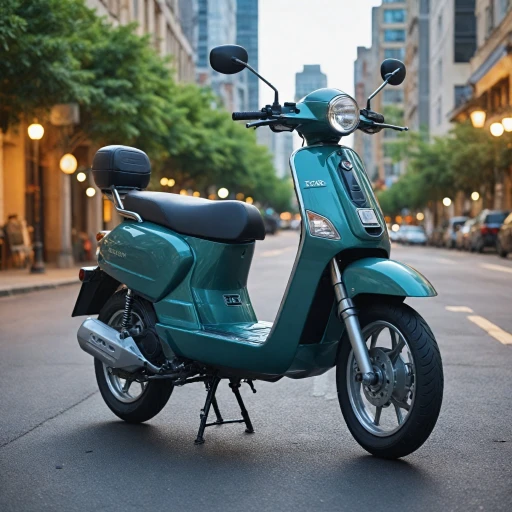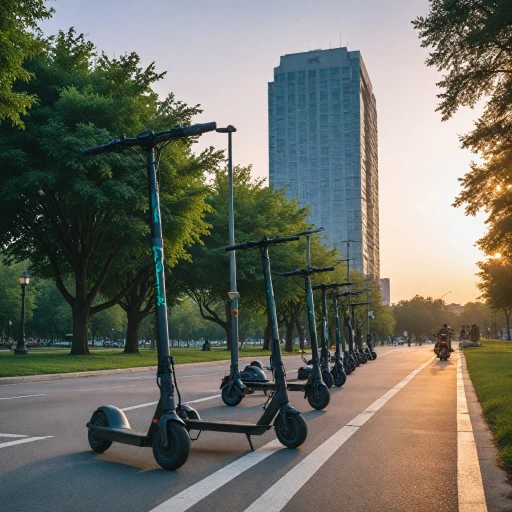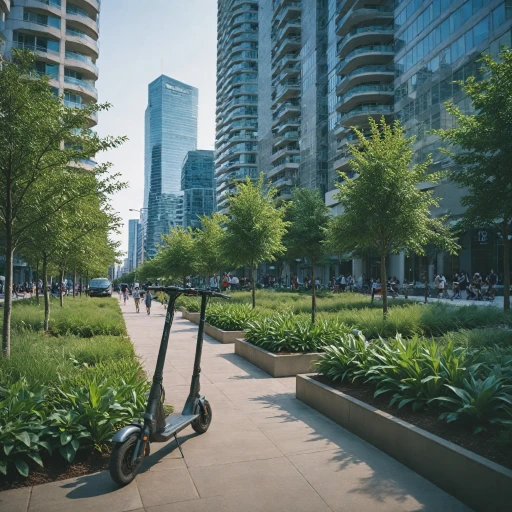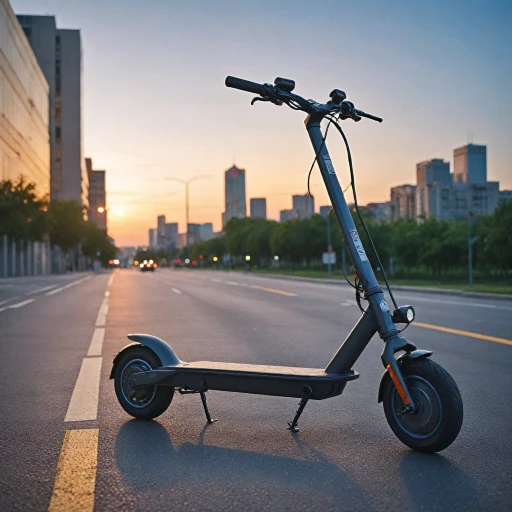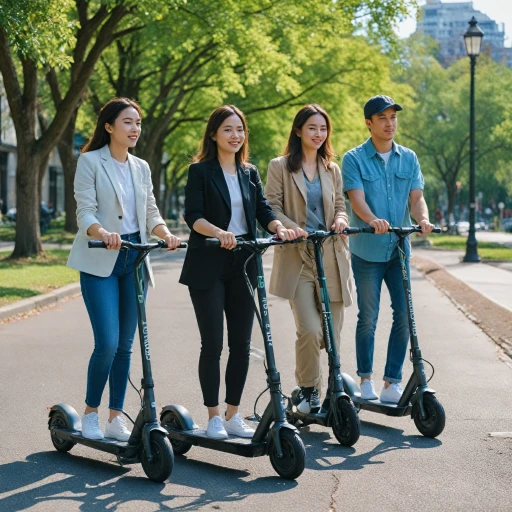
Navigating the Legal Landscape for Electric Mopeds
Navigating Through Complexities of Electric Moped Regulations
Understanding the legality of electric scooters and mopeds on the streets requires deciphering a multifaceted legal landscape. With the rise in popularity of these eco-friendly vehicles, it’s crucial for potential riders to become familiar with the rules that govern their usage in different regions, such as New York City. Local laws can be intricate and vary significantly from one place to another. For instance, in many states, there are specific requirements that dictate where scooters can be legally operated - whether it’s on sidewalks, bike lanes, or public roads. Speed limits also vary, with some jurisdictions imposing maximum speed restrictions like 20 mph to ensure safety on public roads. When considering operating electric scooters, local ordinances play a key role in dictating what is permissible. For instance, certain cities mandate age restrictions, thereby limiting who can ride. Furthermore, helmet laws differ, emphasizing that in some places, protective gear is a mandatory requirement to ensure rider safety. Moreover, understanding these local and state-level constraints not only keeps scooter riders within the confines of the law but also minimizes personal injury risks. Compliance with these regulations ensures that enthusiasts can ride these eco-friendly scooters without legal complications. To explore these legal intricacies further, consider delving into additional resources, such as the Exploring the World of Electric Scooters: A Comprehensive Guide that can provide an in-depth look into the broader implications of operating such vehicles.Key Features of Street Legal Electric Mopeds
Distinct Characteristics of Street-Ready Electric Scooters
Street legal electric scooters come with various features that set them apart from other electric vehicles. Understanding these key attributes ensures safer riding and compliance with local laws.- Speed Capacity: Electric scooters must adhere to specific speed limits to be street legal. Typically, the maximum speed for street use is around 15-30 mph, depending on the city or state regulations. Exceeding these speed limits could lead to penalties or unsafe riding conditions.
- Lighting and Signaling: Proper lighting systems are crucial for visibility to other drivers. Headlights, taillights, and turn signals are usually a requirement for scooters operating in the city. These enhance the safety of scooter riders, especially during early morning or nighttime rides.
- Wheel and Brake Systems: Street legal electric scooters often feature robust wheel designs and effective brake systems to handle the demands of urban riding. This contributes to smoother and safer rides even on complex city landscapes.
- Use of Bike Lanes: Certain cities permit electric scooters to use designated bike lanes, ensuring a safer space for riders away from traffic. However, this depends on local ordinances and laws that scooter riders must follow.
- Helmet Requirements: Helmets are often mandated by law, particularly for riders under a certain age. This requirement is put in place to minimize personal injury risks during any accidents. Helmet laws vary by state, so checking local requirements is advisable.
Registration and Licensing Requirements
Meeting Registration and Licensing Standards
Navigating the streets of bustling cities like York City with an electric scooter requires adherence to specific legal guidelines, notably registration and licensing. Understanding these requirements can ensure a safe experience while complying with local laws. In many jurisdictions, electric scooters that exceed a particular speed limit, generally surpassing 20 mph, may necessitate formal registration akin to traditional motor vehicles. Therefore, it's essential to verify with your local Department of Motor Vehicles (DMV) if your scooter model falls within this category. Generally, these vehicles are treated more like mopeds rather than bicycles, owing to their speed and power, and must adhere to specific scooter laws. Riders often wonder about age requirements to operate electric scooters on public roads. It's common for laws to stipulate a minimum age, typically 16 years old, to acquire a permit or license for these scooters. Understanding the various age requirements is crucial, particularly for younger scooter enthusiasts wishing to ride legally. When it comes to licenses, laws may differ considerably between states or even within a single city’s local ordinances. Obtaining a driver license may not always be necessary, yet some regions mandate a type of operating permit tailored for these vehicles. This policy ensures that scooter riders have adequate comprehension of scooter safety and operation. Moreover, following helmet laws is a priority, as wearing a helmet while riding electric scooters is often a mandatory requirement. Adhering to these safety measures can mitigate personal injury risks and promote a culture of responsible riding. For potential scooter owners, closely reviewing the requirements electric scooter riders must follow can provide clarity and avoid legal pitfalls. For more details on understanding these obligations and their implications, a resourceful guide is available on understanding the essential components of an electric scooter. This ensures a comprehensive grasp of the legal landscape influencing scooter usage and encourages compliance with operational standards.Safety Measures and Best Practices
Safety Tips Every Scooter Rider Should Know
Navigating the streets with an electric scooter requires adherence to not only the legal aspects of riding but also a commitment to safety. While electric scooters offer an eco-friendly and economical means to travel, it's crucial for riders to prioritize their well-being. To ensure safety while riding electric scooters, here's what you should focus on:- Wear a Helmet: Safety starts with the basics. Helmet laws vary from state to state, but it's universally recognized that wearing a helmet can significantly reduce the risk of personal injury. Riders, regardless of age, are encouraged to wear one at all times.
- Understand Speed Limits: Adhering to speed limits is not just a suggestion; it’s the law. Most cities set a maximum speed of around 15 mph for electric scooters. Familiarizing yourself with local speed mph limits can help avoid fines and ensure a safe ride.
- Stay on Bike Lanes: Whenever possible, ride within designated bike lanes. Riding sidewalks are significantly restricted in many areas, especially in dense urban environments such as New York City. This not only aligns with local ordinances and scooter laws but also keeps pedestrians safe.
- Be Aware of Your Surroundings: Remain vigilant and anticipate potential hazards. Being defensive in your riding approach helps avoid accidents, especially in busy traffic settings.
- Check Your Electric Scooter: Regular maintenance checks on brakes, tires, and the battery can prevent mechanical failures. Ensuring your scooter is in top condition is part of being a responsible rider.
Environmental and Economic Benefits
Environmental and Economic Impacts
Electric scooters have emerged as a sustainable alternative to traditional vehicles, bringing substantial environmental benefits. By reducing reliance on fossil fuels, these electric vehicles actively contribute to minimizing carbon emissions, which is crucial in tackling climate change. This reduction in emissions is especially significant in densely populated urban areas like New York City, where air quality is often a concern. Economically, electric mopeds can be a cost-effective solution for riders. Operating costs for electric scooters are typically lower than those of cars and conventional motorcycles, as they require less maintenance and no gasoline. This efficiency makes electric scooters an attractive choice for daily commutes, especially in cities where fuel prices are high and parking spaces limited. The reduction in noise pollution is another environmental advantage. Electric scooters operate more quietly than internal combustion vehicles, making them an appealing option in settings where noise reduction is a priority. In terms of infrastructure, the integration of electric scooters into urban environments supports the development of eco-friendly bike lanes. These lanes are often more accessible and safer for scooter riders compared to traditional roads, facilitating safer trips that align with city laws and speed limits. For those considering making a switch, understanding the regulatory requirements and riding laws not only ensures compliance but also promotes the widespread adoption of these eco-friendly vehicles. As laws around scooters evolve, it is expected that cities will continue to develop infrastructure to support and facilitate the safe riding of electric scooters, resulting in broader environmental gains and economic savings for both individuals and municipalities.Future Trends in Electric Moped Legislation
Anticipated Developments and Legislative Changes
The landscape of electric mopeds and scooters continues to evolve, and future legislative trends are leaning towards greater integration of these vehicles in urban areas. Technological advancements offer the promise of more efficient and environmentally friendly electric vehicles, which aligns with global efforts to reduce carbon emissions. Expect cities to adapt their laws to accommodate these green alternatives, potentially promoting their use for daily commutes.
In states like New York, where traffic congestion and environmental concerns are prominent, legislation could shift to offer incentives for electric scooter riders. This might include tax deductions or subsidies to encourage more people to switch to electric mopeds. Meanwhile, riders in urban centers should prepare for changes in age restrictions and licensing requirements as safety remains a top priority. Ensuring that riders are appropriately certified to operate electric scooters helps mitigate personal injury risks.
Speed limits for electric scooters might also see revisions. Current laws in various cities limit mph to ensure safe riding on bike lanes and city streets. As technology introduces faster models, legislation will need to balance speed with safety, possibly leading to new maximum speed regulations for these vehicles.
Helmet laws and local ordinances are likely to become stricter, enforcing compliance to safeguard scooter riders. Cities could implement more bike lanes and zones where riding electric scooters is allowed, possibly even designating specific areas where faster riding is permitted while maintaining safe distances from pedestrian pathways.
For those interested in the broader prospects and developments in the electric vehicle market, staying informed about legislative changes remains crucial. Monitoring changes in scooter laws will allow riders to remain compliant while advocating for policies that support sustainable transportation options for the future.
